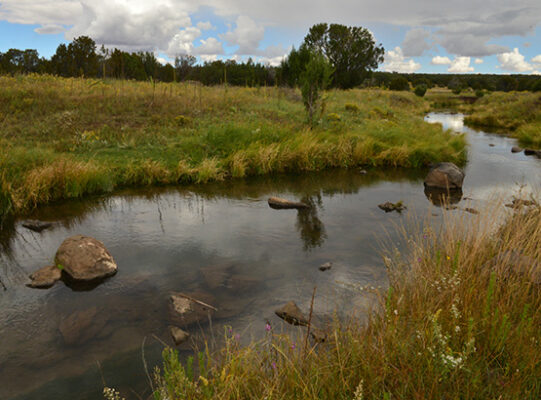Ensuring Sustainability, Diversity and Safe Movement of Arizona’s Wildlife
The goal of planning for wildlife at both the landscape and community scale is to support Arizona’s growth and economic development, while ensuring sustainability, diversity and safe movement of Arizona’s wildlife populations. The Arizona Game and Fish Department has assembled wildlife conservation data, maps and tools on this page, to help inform and guide project planners in a manner that maintains the quality of Arizona’s landscapes and minimizes negative impacts to wildlife and wildlife habitat.

planning for wildlife
The Project Evaluation Program provides policy, technical assistance, and environmental law compliance guidance and oversight for projects affecting fish and wildlife resources in Arizona.
Review mapping tools, planning tools and wildlife species information.

project evaluation program
The Project Evaluation Program provides policy, technical assistance, and environmental law compliance guidance and oversight, and coordinates the Arizona Game and Fish Department’s review of internal and external policies, plans, and projects affecting fish and wildlife resources in Arizona.

wildlife and habitat connectivity
Our wildlife resources are an important component of Arizona’s natural environment. As new roads, communities, and energy corridors are put on the ground, the wildlife that traditionally moved through the area are forced to find ways around or through the new structures.

identifying corridors
The Wildlife Linkage Assessment is intended to provide a starting point for detailed consultation and coordination among the organizations and agencies that have a major role to play in maintaining habitat connectivity.

wildlife friendly guidelines
The Arizona Game and Fish Department’s Heritage Data Management System (HDMS) and Project Evaluation Program (PEP) work together to provide current, reliable, objective information on Arizona’s plant and wildlife species to aid in the environmental decision making process.
For ranking definitions, status definitions, species lists
and species abstracts, see HDMS page
Want to Get Involved with Wildlife Conservation?
Volunteer your time, or donate to help us with conserving and protecting our wildlife. When you purchase a hunting or fishing license online, resources go back into wildlife conservation.
donate to wildlife conservation
With your help, we can continue to conserve & protect Arizona’s wildlife.
volunteer for projects
If you have a passion for wildlife and want to help us conserve and protect it, we’d love to have you on our team!
